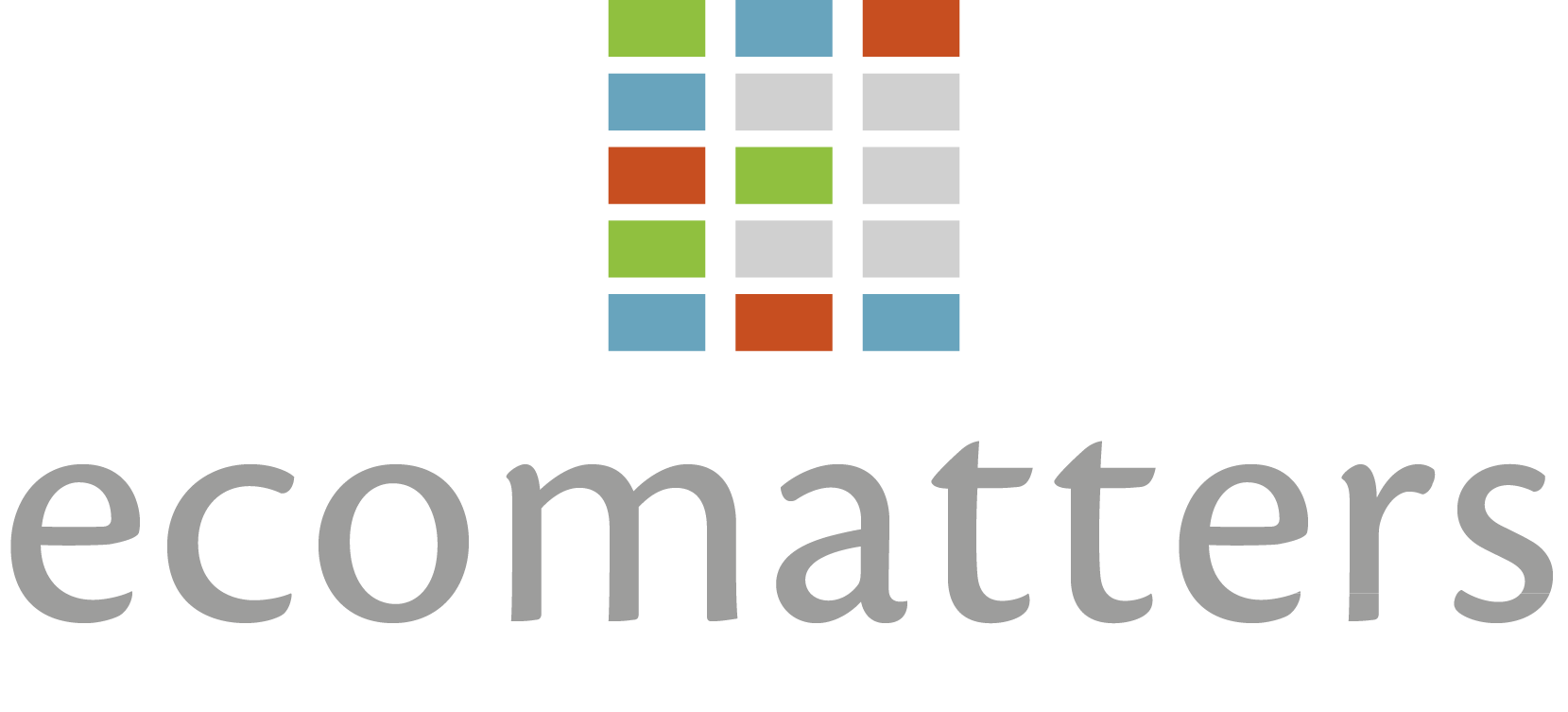Getting started
This guide offers practical insights into the application of double materiality. Building on the fundamental pillars of context and stakeholder analysis, impact assessment, and risk and opportunities analysis, our step-by-step approach is designed to assist you in executing this process effectively. This is the first step to developing your annual CSRD report.
The aim
A double materiality assessment is completed to identify which disclosures are relevant for inclusion in the CSRD report. A two-sided assessment, double materiality requires companies to evaluate the relevance of a sustainability matter from two perspectives: inside looking out (how a company is impacting people and the environment), and outside looking in (the risks and opportunities associated with sustainability for the company). Both perspectives involve looking at the Environmental, Social, and Governance (ESG) matters using the European Sustainability Reporting Standards (ESRS) developed by the European Financial Reporting Advisory Group (EFRAG). Following the assessment, you can ascertain what is material from each perspective. This allows you to determine what information to disclose and which data gaps remain.
The diagram below outlines the steps involved in applying the double materiality assessment in practice.

1. Context and stakeholder analysis
The first step of double materiality is conducting a context and stakeholder analysis. The context analysis helps you gain insight into the operational environment of your company, and your partners in the value chain, from a sustainability perspective. It is crucial as it establishes a framework for considering impacts, risks, and opportunities. The stakeholder analysis identifies which stakeholders are the most relevant to consult with for their opinions and should be selected for further consultation.
2. Risk and Opportunities analysis
After conducting the context and stakeholder analysis, the risks and opportunities (R&Os) are identified for each ESRS topic. This analysis establishes and validates the relevant risks and opportunities that can affect the business model or its operations (the ‘outside-in perspective’). Relevant internal stakeholders such as HR, RD&I, HSE, IT, Legal, and Procurement can provide important insights, forming a broad perspective and establishing the R&Os.
3. Impacts analysis
The third step is adopting an ‘inside-out’ perspective. This perspective examines the company’s impact on the environment and people. The previously selected stakeholders are consulted to help identify these impacts. An impact can be positive or negative and results from a company’s operational activities. This process produces a list of impacts for the various ESRS topics. The impact list is then validated and further in-depth interviews with stakeholders are conducted where necessary.
4. Material Impacts, Risks, and Opportunities
After assessment and ranking, impacts, risks, and opportunities (IROs) are combined into an overview. This makes it clear what is material. From this, relevant disclosures can be derived, and the distinction can be made on what needs to be reported. It may also reveal that supporting policies and KPIs need to be developed. A materiality matrix can also be created which simplifies the information and provides a visualisation of topics that are deemed material in terms of impacts, risks, and opportunities in an accessible way. This helps with communication but does not play a formal role within the CSRD report.
5. Methodology Report
Finally, a methodology report is prepared in which documents all the steps taken and the choices made. This report aids the audit and serves as a guideline for the coming years.
If you have any questions regarding the double materiality assessment and would like to speak with one of our consultants, please get in touch.
Our experts
Max Sonnen
Eelco van IJken
Call with a consultant
Do you want to know more about how we can help? Schedule a call with one of our consultants to ask your questions.
Related services
Case studies
Nobian is a European leader in the production of essential…
SABA is a Dutch adhesive and sealant producer who sell…





